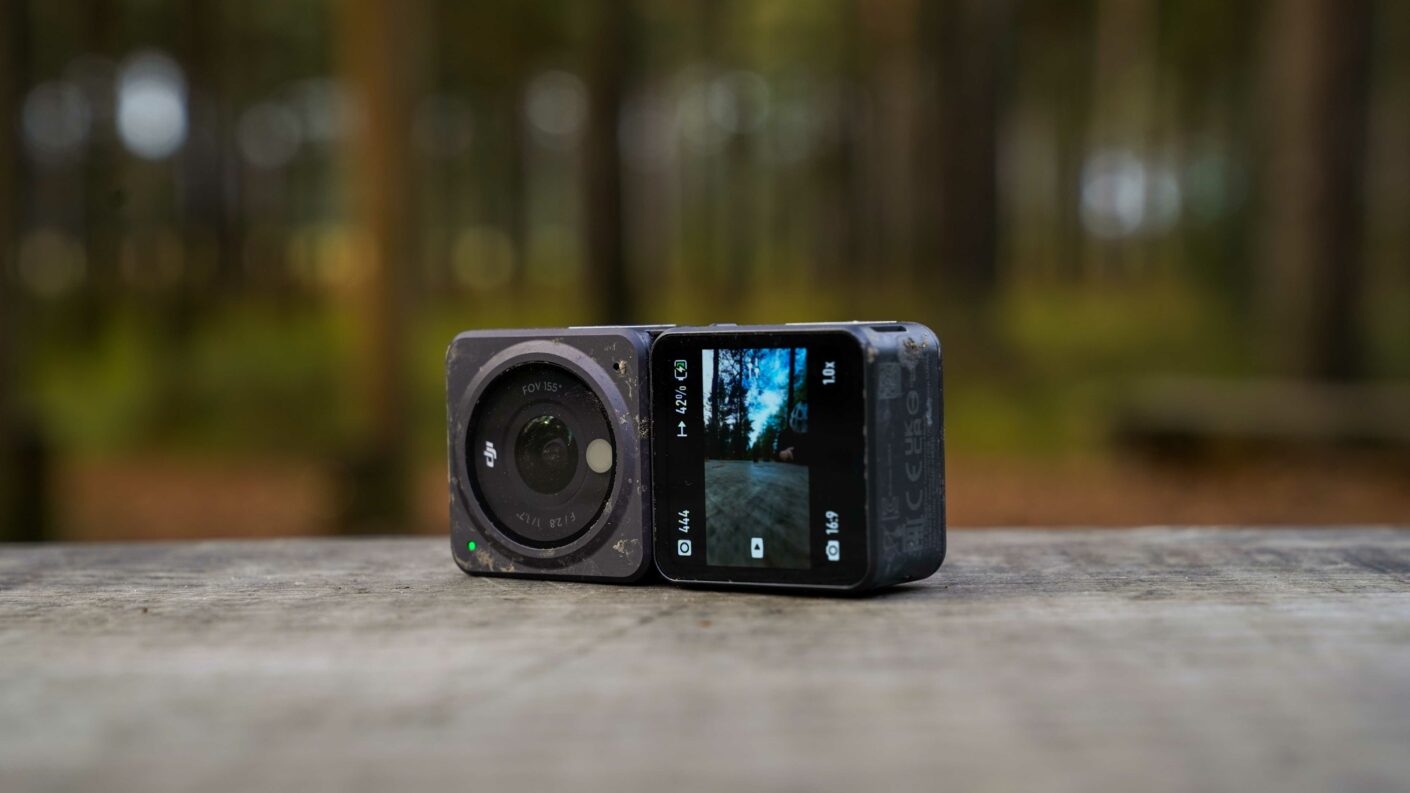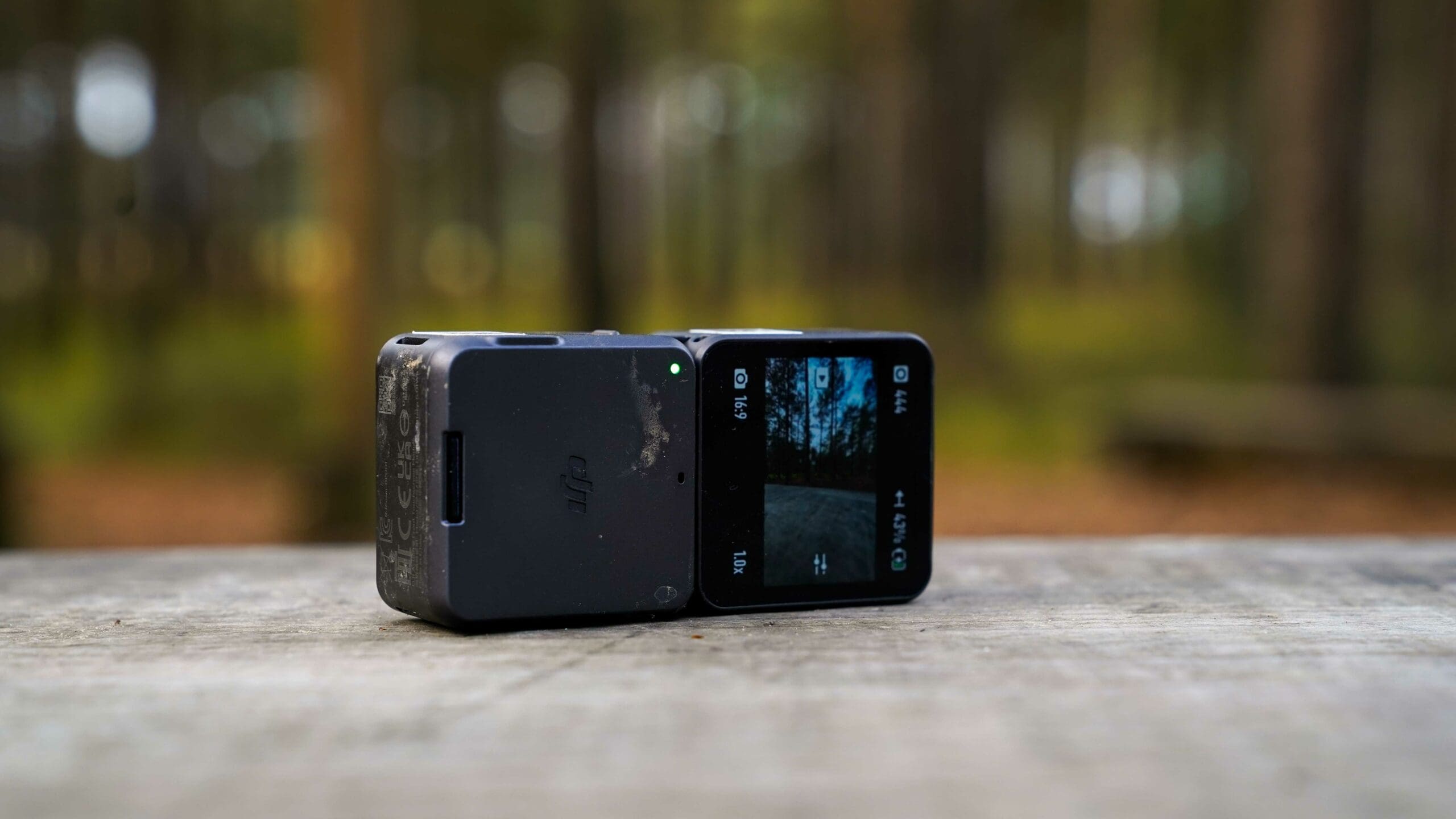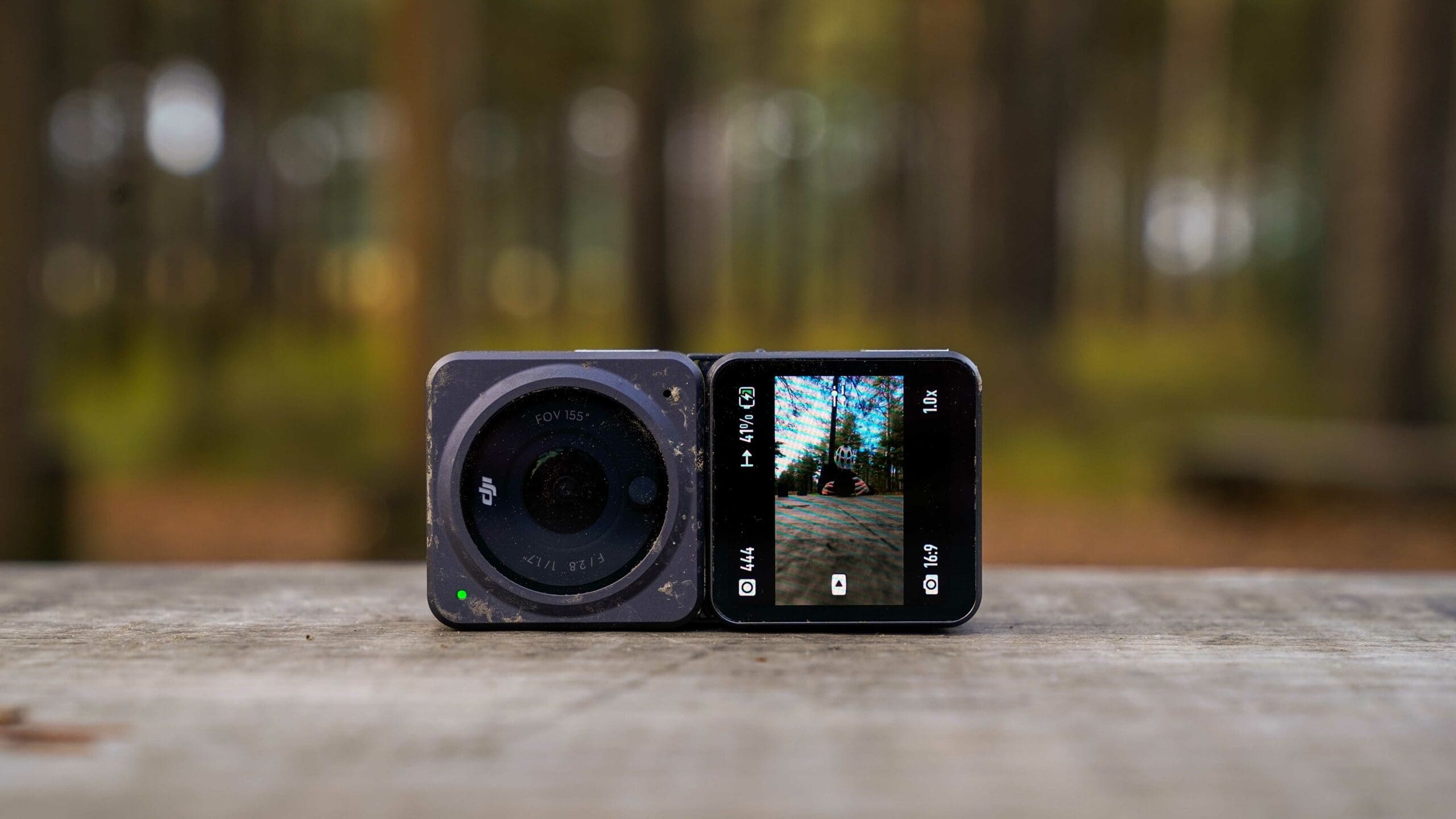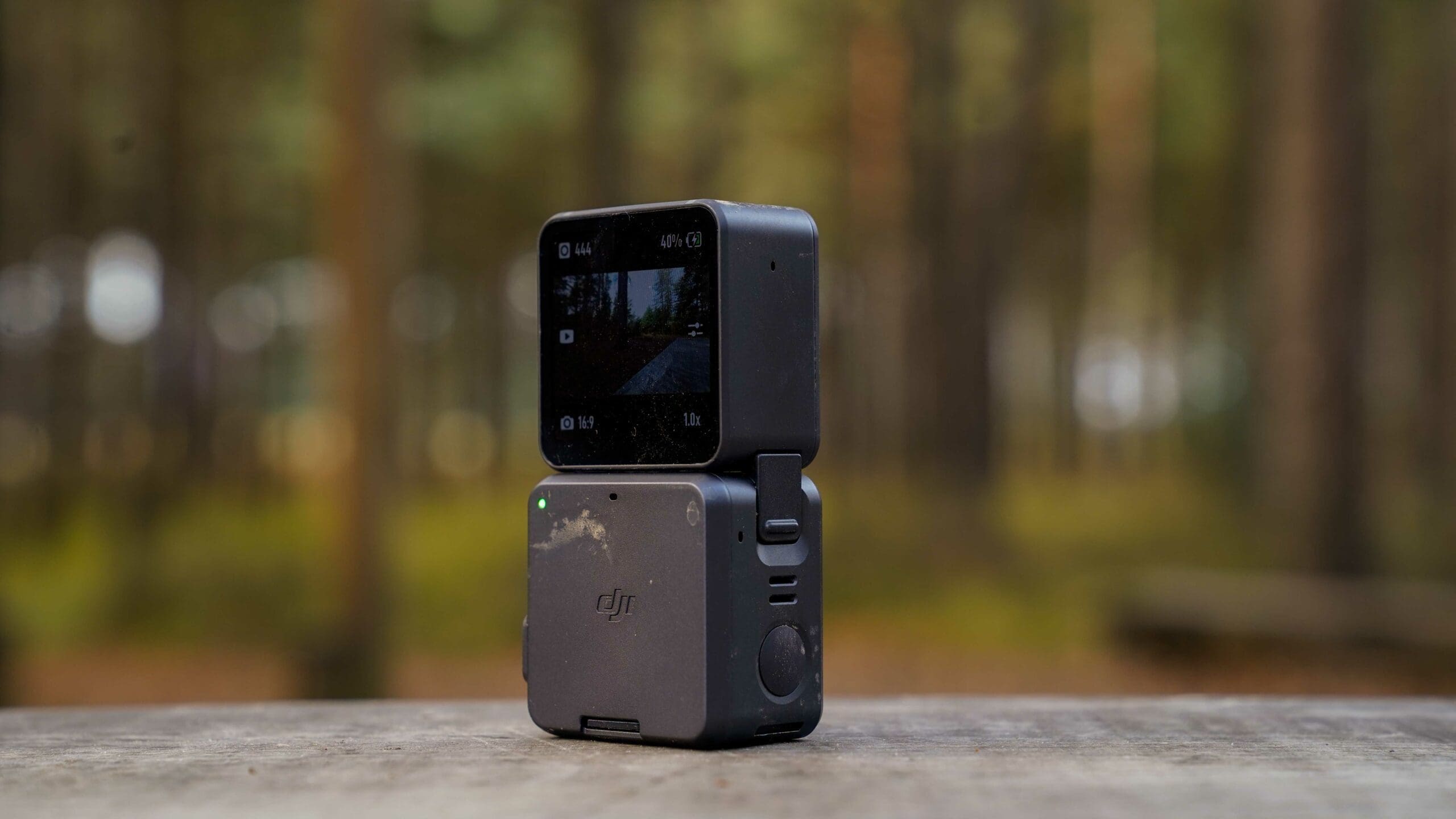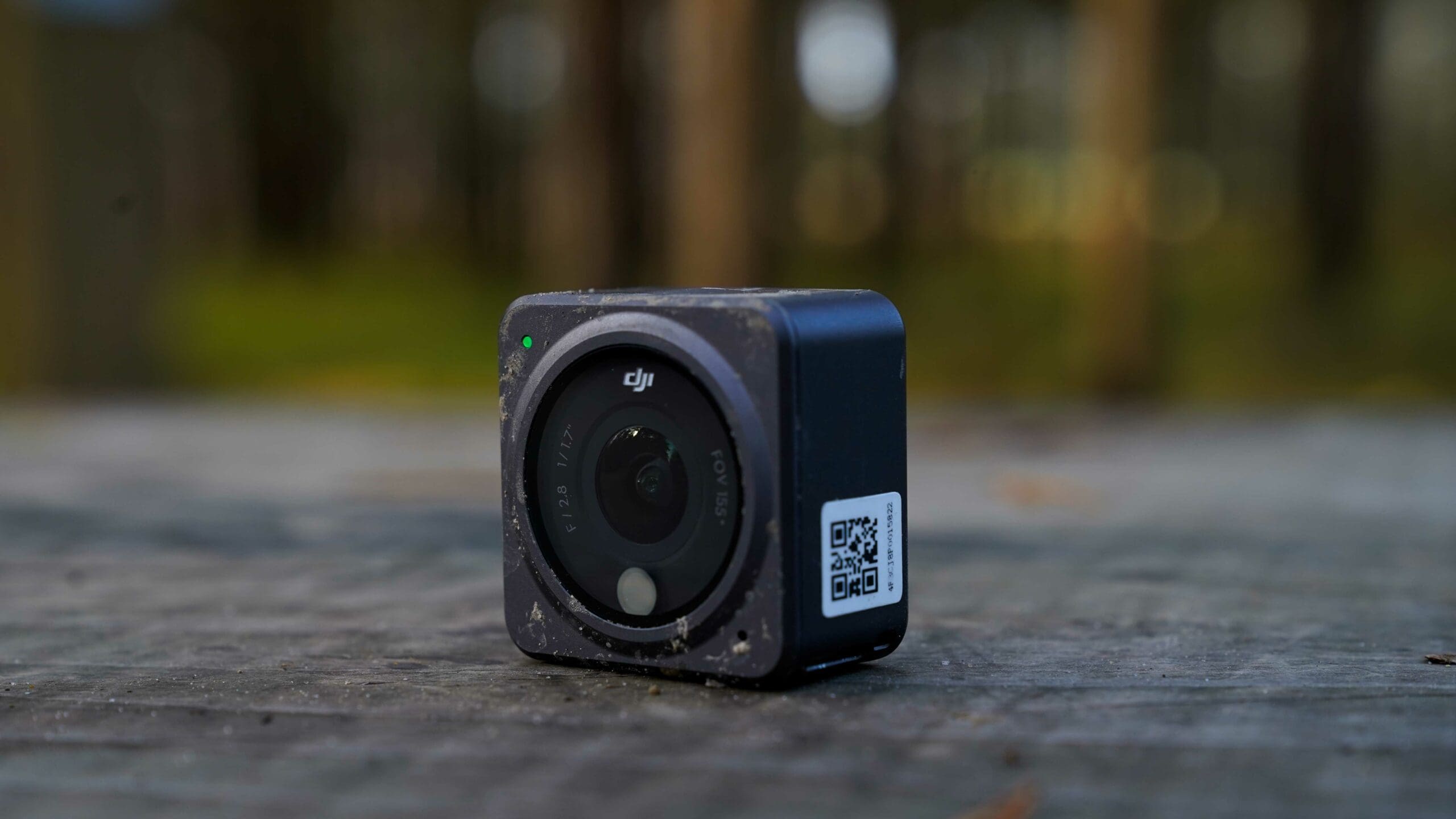GoPro has ruled the action camera-top spot for years, and rightly so. Competitors come and go, and however good an action camera is it will always be compared with the formidable GoPro.
The DJI Action 2 is available at Adorama at the below links:
In 2021, things are a bit different, and those competitors, rather than taking GoPro head-on, are trying something different. Insta360 with the One R, an incredible camera that I’m still fascinated by and has so much potential, now there’s the DJI Action 2.
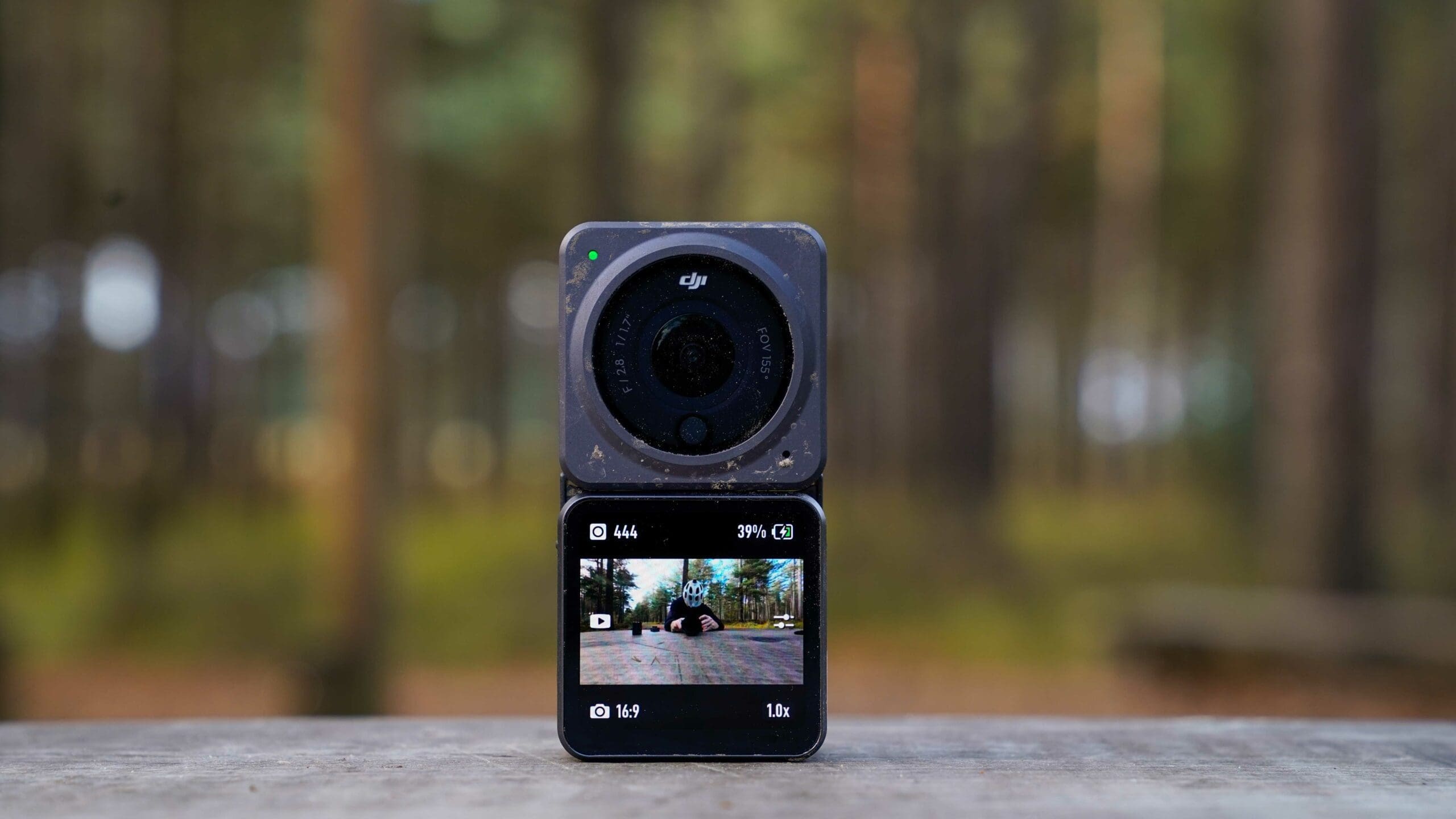
This small cube features a lens at the front, a screen at the back and a record button on top. You really couldn’t get more simple.
There is, of course, more to this camera than just this simple box. Like the Insta360, it’s modular, meaning that other bits can be plugged in. At present, that’s just the battery module that features a second screen, SD card slot, charging port (USB Type-C), more than likely; there will be more modules to follow.
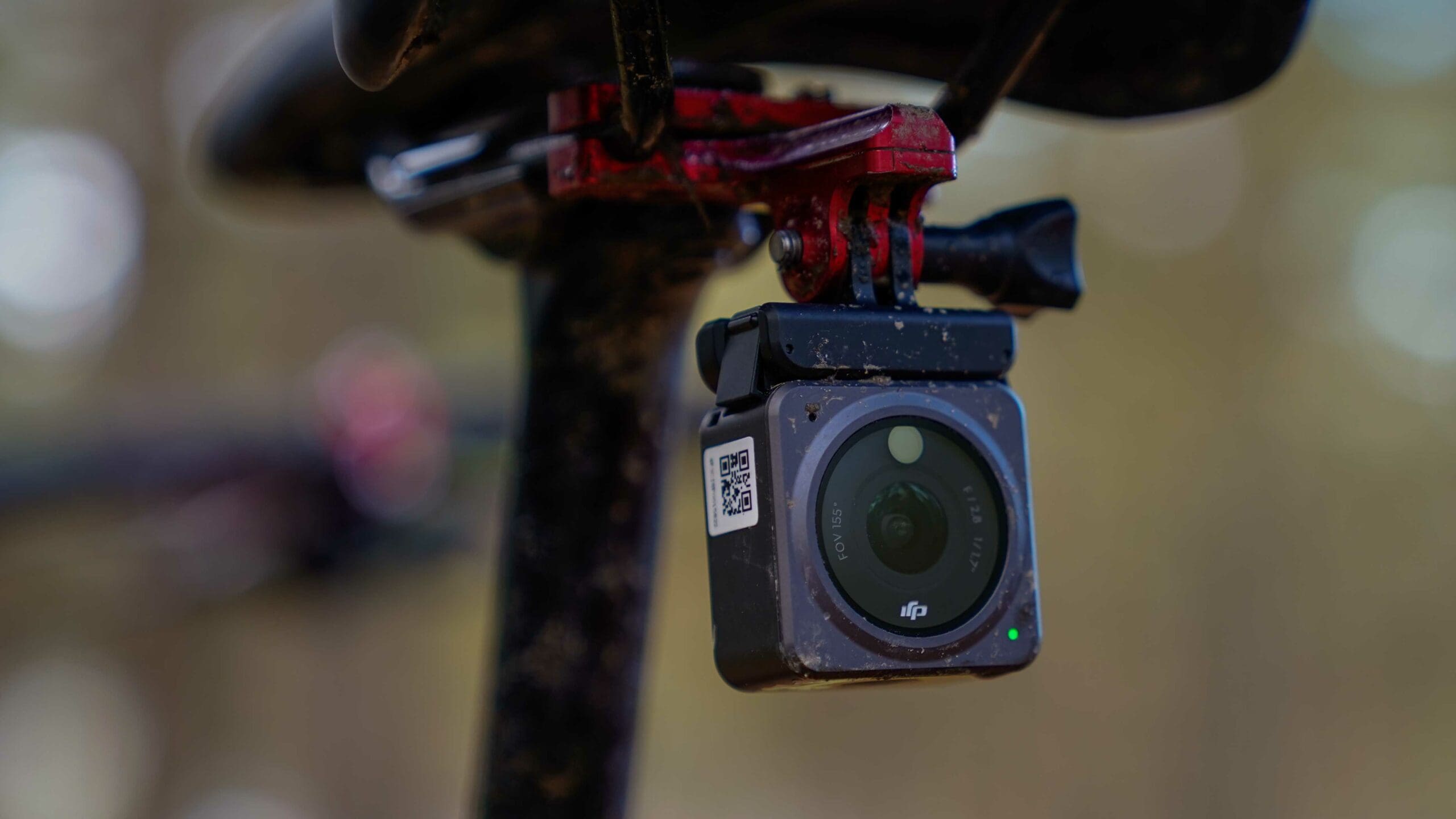
The design is inspired, all controls are accessible through the touch screen meaning that the exterior is smooth and simple and won’t attract mud. It may be small, but DJI knows how to do interfaces, so it’s easy to navigate, and of course, the new Mimo app enables you to connect and control the camera from your mobile phone.
What DJI have created with the DJI Action 2 is another real choice over GoPro. This isn’t a mirror or mimic of the GoPro, it’s something different. A camera that can be adapted to a multitude of different uses, from being used as a straight action camera, part of a more complex imaging solution, personal camera or as part of an FPV, this camera has serious potential.
